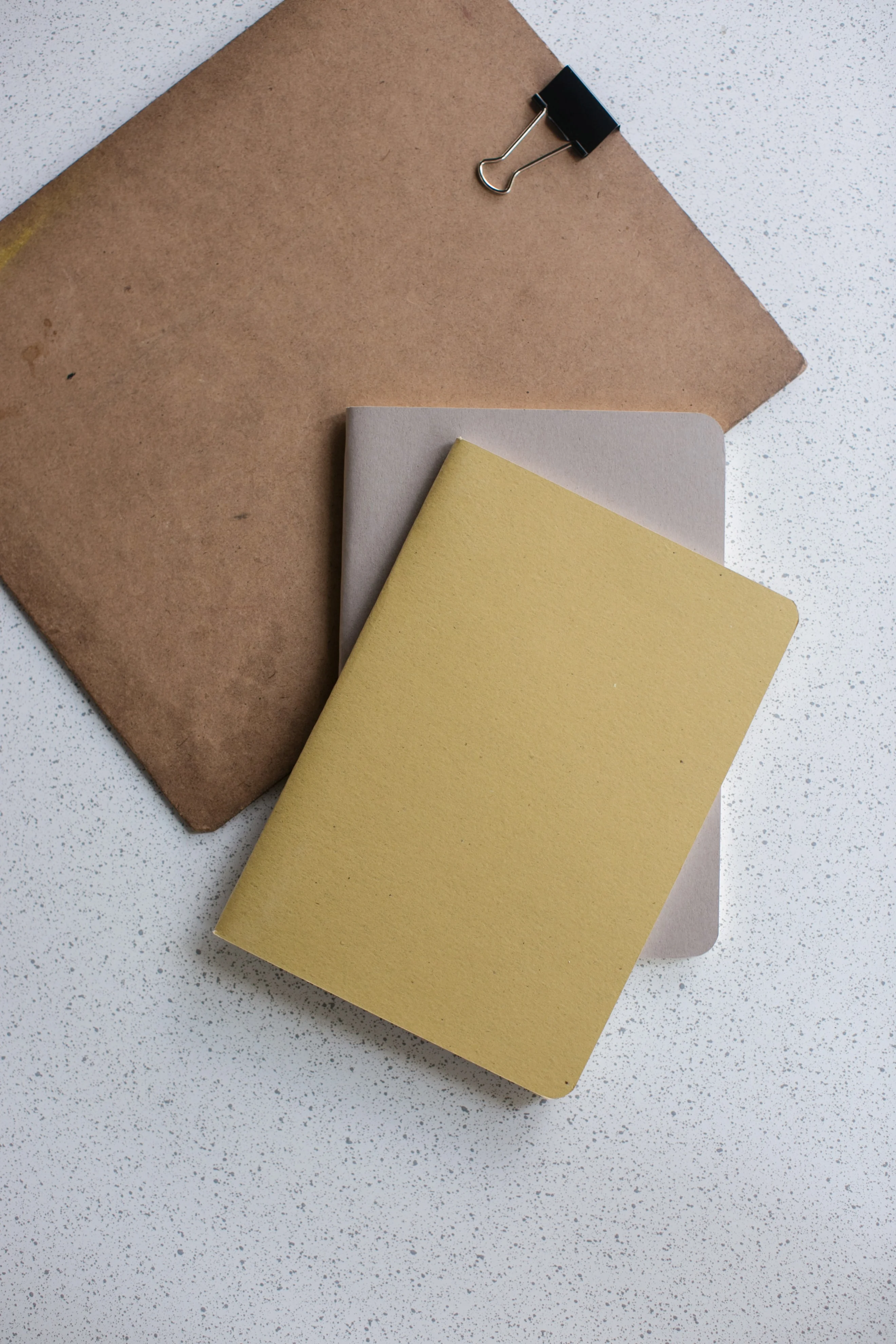
How To Search Filters On Instagram
Learn how to search filters on Instagram in this step-by-step guide to enhance your social media content and discover new filters.


When preparing photos for social media, it's crucial to be aware of the optimal image sizes for each platform and resize your images accordingly. These can vary greatly, as each platform has its own specific standards to optimize image display. For instance, the recommended size for an Instagram post is 1080 x 1080 pixels, while a Facebook cover photo is most suitable at 820 x 312 pixels. Adhering to these standards ensures your photos display correctly and are not cropped or distorted unintentionally.
Additionally, different social media platforms favor different aspect ratios. Twitter, for instance, is more favorable for landscape images, while Pinterest prefers long vertical pins. Knowing the preferred aspect ratios can help make your images more visually appealing to viewers on different platforms.
Always remember to keep updated with the latest size and dimension standards, as these can change as platforms update their software. Use image editing software to resize your images appropriately before posting them. This will help maximize the impact and aesthetics of your social media photos.
Filters have become a significant part of photo editing for social media. They allow users to quickly and easily modify the look and feel of their photos, creating a unique aesthetic that can set their profile apart. However, overusing filters or applying them without consideration can lead to photos looking artificial or overly processed.
A well-chosen filter can enhance the elements in a photo, emphasize certain colors, or add a specific mood. It's important to choose a filter that complements the subject of your photo and aligns with your personal or brand aesthetic. Consistency in filter usage across posts can also help establish a distinctive visual style for your social media account.
Some social media platforms, like Instagram, have built-in filters that users can apply. Other platforms may not have this feature, requiring users to use external photo editing apps to apply filters. Regardless of how you apply your filters, be mindful of the end result and adjust filter strength as needed to ensure a natural and appealing look.
Hashtags play a significant role in social media photography. They can help increase the visibility of your posts, connect with other users who share similar interests, and even contribute to the discovery of your content by new followers. However, for hashtags to work effectively, they need to be used strategically.
When choosing hashtags for your photo, consider both general and niche-specific tags. General hashtags have a wider audience but are also more competitive. On the other hand, niche-specific hashtags may have fewer posts, giving your content a better chance of standing out. For example, #photography is a very broad hashtag, while #streetphotography or #portraitphotography are more specific.
Remember to use hashtags that are relevant to your photo and audience. Avoid using too many hashtags, as this can look spammy and may turn off potential followers. Also, try to mix up your hashtags for different posts to reach a wider audience and keep your content fresh.
Need help coming up with relevant hashtags? Use our Hashtag Generator tool to quickly create the perfect hashtags for your post.
With powerful smartphones and a variety of editing apps at our disposal, we can now create stunning social media content right at our fingertips. This convenience allows for spontaneous creativity and quick posting, making mobile editing a go-to for many social media users.
Most smartphones today come equipped with decent built-in editing tools. These tools typically allow for basic adjustments such as cropping, rotation, brightness, contrast, and saturation. More advanced phones may also offer features like filters, portrait mode for depth of field effects, and even AI-driven enhancements. Knowing how to use these tools effectively can greatly improve the quality of your social media photos.
However, for more serious photo editing, use 3rd party apps like Instasize, Snapseed, and VSCO offer more advanced editing features, including detailed color grading, selective adjustments, and preset filters. Many of these apps also provide tutorials and user communities for learning and inspiration. By leveraging the power of mobile photo editing, you can take your social media content to the next level.
With the popularity of social media, the art of taking a good selfie has become more important than ever. A few quick fixes in your photo editing app can make a significant difference to the quality of your selfies. Start by cropping your selfie to focus on your face and remove any distracting background elements. A square or vertical crop usually works best for selfies, especially if you're posting to platforms like Instagram or Snapchat.
Next, adjust the lighting in your photo. If your selfie is too dark, increase the brightness or exposure. If it's too light, decrease these settings. You may also want to adjust the contrast to make your selfie stand out more. Remember not to overdo it, as this can result in an unnatural look.
Finally, consider adding a filter or effect to your selfie. This could be as simple as converting it to black and white, or you might choose a filter that enhances certain colors or adds a particular mood to your selfie. However, be cautious with the use of filters and avoid those that distort or overly change your natural appearance.
Product photography plays a key role in e-commerce platforms like Shopify and Etsy. High-quality, well-edited product photos can significantly increase sales by showcasing the product's features and benefits. When editing product photos for social media, there are a few key considerations to keep in mind.
Firstly, ensure your product is the focal point of the photo. This can be achieved by using a plain or non-distracting background and by using the crop and zoom tools to focus on the product. Secondly, it's important to accurately represent the product. Avoid using filters or color adjustments that significantly alter the product's appearance.
Finally, consider the platform you are posting to. Some social media platforms, like Instagram, favor high-quality, aesthetic photos, while others, like Facebook, might be more suited to casual, in-context photos. Tailoring your product photos to the platform can help engage your target audience and increase product interest.
Food photography has become a popular genre on social media, particularly on platforms like Instagram and Pinterest. A well-edited food photo can make the dish look even more appealing and mouth-watering. When editing food photos for social media, it's important to enhance the food's natural colors and textures.
Start by ensuring the food is well-lit. If the photo was taken in poor light, use editing tools to increase the brightness and contrast. Next, enhance the food's natural colors by slightly increasing the saturation or vibrance. However, be careful not to overdo it, as this can make the food look artificial.
Finally, consider adding some depth of field to your photo. This can be achieved by blurring the background or parts of the food, which will draw attention to the main subject of the photo. Remember, the goal is to make the food look as appetizing as possible, so avoid any edits that detract from this.
Photo editing plays a vital role in social media engagement. Whether you're optimizing image dimensions for different platforms, enhancing food photos, creating engaging YouTube thumbnails, or mastering the art of black and white photography, each step has a significant impact on the overall aesthetic and appeal of your content. By understanding and implementing these strategies, you can significantly improve your social media presence and engagement.
Discover the latest expert tips and tricks on mastering social media strategies, honing your photing editing skills, and unleashing your creativity

Learn how to search filters on Instagram in this step-by-step guide to enhance your social media content and discover new filters.


Learn how to edit photos on your iPhone like a pro! Our guide covers the best tips and tricks for editing photos on your iPhone.

Learn how to convert WebP to JPG quickly and easily. Discover the best methods, tools, and tips, including how Instasize can help.


Learn how to convert PDF to JPG effortlessly with these simple steps. Use Instasize for easy image resizing and optimization.

Learn how to make a YouTube Short with easy-to-follow steps. Create engaging content, optimize your videos, and grow your audience with these tips.

Learn how to crop photos on iPhone effortlessly. Discover simple steps and advanced tips to get the perfect shot. Try Instasize for seamless cropping and more.

Everything you need to make your photos stand out with our free photo editing tools